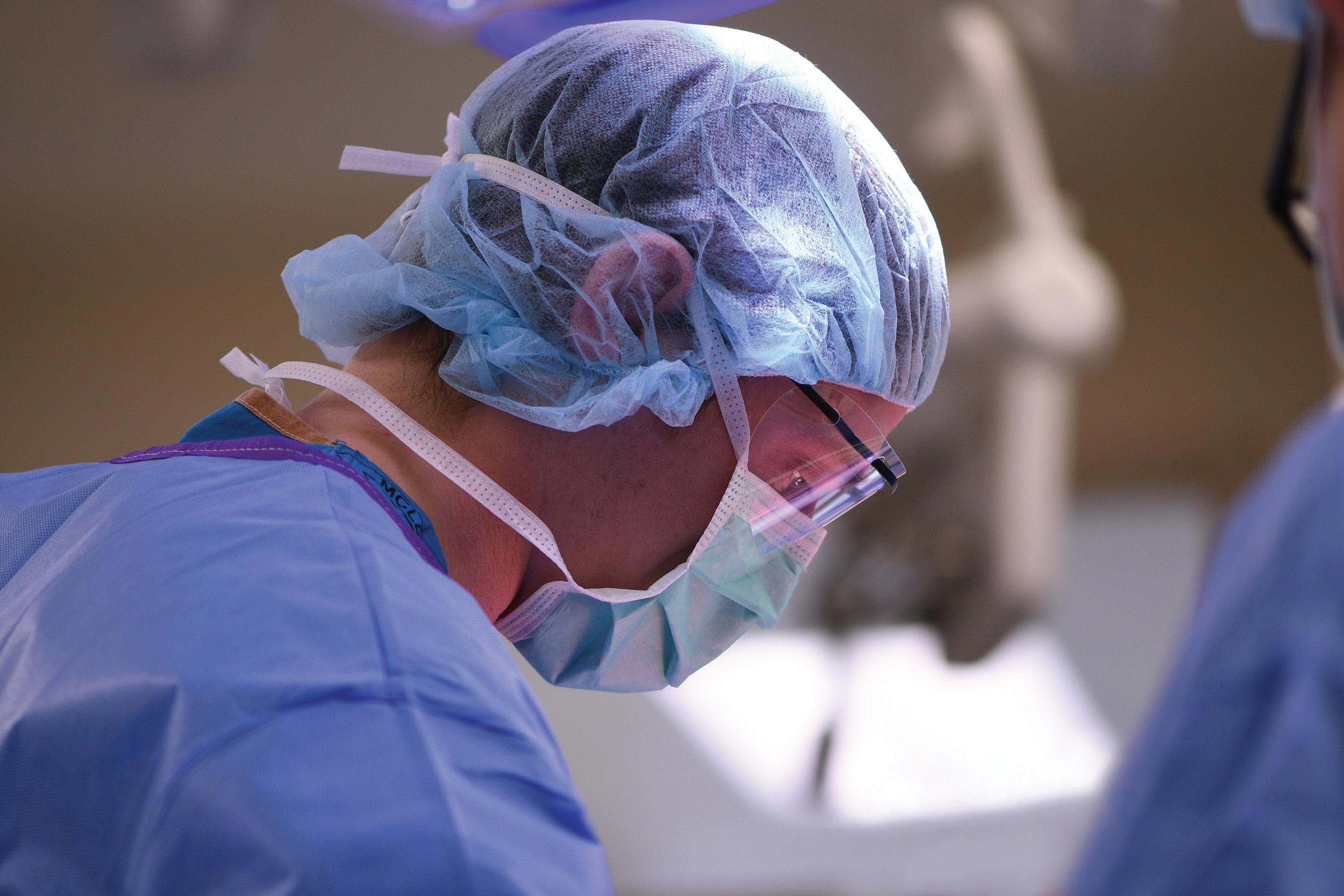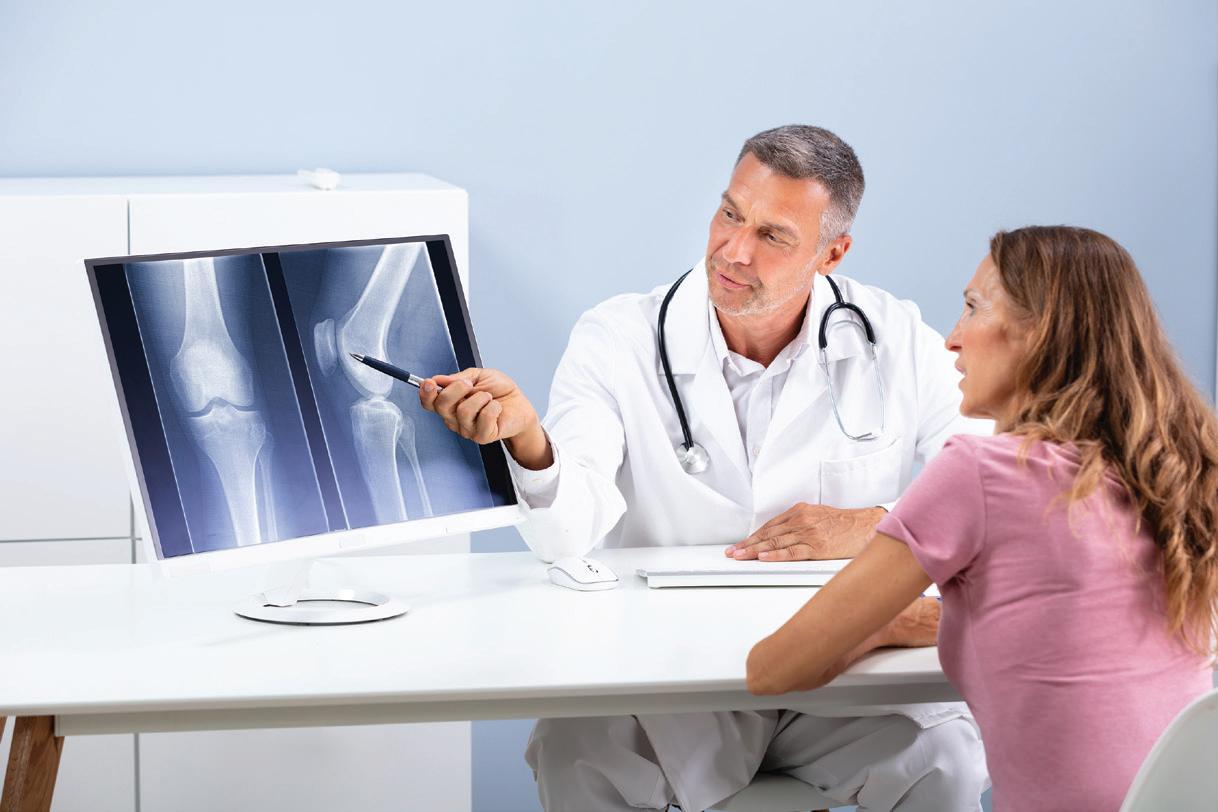
2 minute read
McLeod: Orthopedic Cold Trauma
from January 2022
by VIP Magazine
ORTHOPEDIC COLD TRAUMA
story by Dr. Jeremy Sparkman, McLeod Orthopaedics
Advertisement
Understanding Malunion and Nonunion Fractures
Over the course of a lifetime, it is not unusual to experience an orthopedic injury to a bone or joint, such as a dislocation or fracture. Orthopedic trauma often occurs suddenly, as the result of a fall or car accident. It can also happen over time, by overuse, such as a stress fracture. In most cases, after orthopedic intervention a fracture will heal with excellent alignment and hopefully with return of normal or near normal function. However, there are complications that can occur in the healing process that can result in the bone not healing properly or not healing at all, leading to a nonunion or a malunion. A nonunion is when a fracture does not completely heal, and a malunion is when a bone does not heal with acceptable alignment and can result in loss of function or cosmetic deformity. Both nonunions and malunions can leave individuals with instability, weakness, pain or loss of function. We refer to these types of improperly healed bones as orthopedic “cold” trauma because they stem from injuries in the past. In contrast, an emergent traumatic injury, or one that just occurred, would be “hot” trauma. Nonunions are the result of a fractured bone failing to heal after an extended period, typically greater than six to nine months without healing. Symptoms of nonunion may include persistent pain, mobility at the fracture site and persistent fracture line on x-ray. Nonunions are diagnosed using x-rays, CT scans, or other advanced imaging. There are several types of nonunions, including hypertrophic, atrophic, oligotrophic, pseudoarthrosis and infected or “septic” nonunions. A single factor or combination of multiple factors can lead to a nonunion, including mechanical factors such as too much or too little motion at the fracture site or inadequate blood supply, or biologic factors such as poorly controlled diabetes, hypothyroidism, vitamin D deficiency or tobacco use. Nonsurgical treatment for a nonunion can include electromagnetic or ultrasonic bone stimulation, correcting biologic factors, bracing and lifestyle
modifications. Surgical treatment ranges from bone grafts, where the surgeon harvests and transplants bone to the nonunion site, to internal fixation, where plates, screws, external fixators, rods or a combination of implants are used to stabilize the nonunion. Malunions are the result of a fractured bone healing in an abnormal position. In some cases, a malunion may not require further treatment because it does not impair function. However, when the bones are significantly malaligned and symptomatic, surgery may be required to correct the malunion. Correcting a malunion involves an osteotomy, where the surgeon either shortens, lengthens, or realigns the bones so they can heal with improved alignment. Determining if you have a nonunion or malunion that may benefit from orthopedic intervention requires evaluation and consultation with an orthopedic trauma surgeon.

Dr. Jeremy Sparkman, a McLeod Orthopedic Trauma Surgeon, cares for patients at McLeod Orthopaedics in Florence and is accepting new patients. He specializes in treating fracture malunions and nonunions, complex periarticular fracture dislocations, pelvic ring injuries, and acetabulum fractures. To schedule an appointment in Florence, call 843-777-7900.











